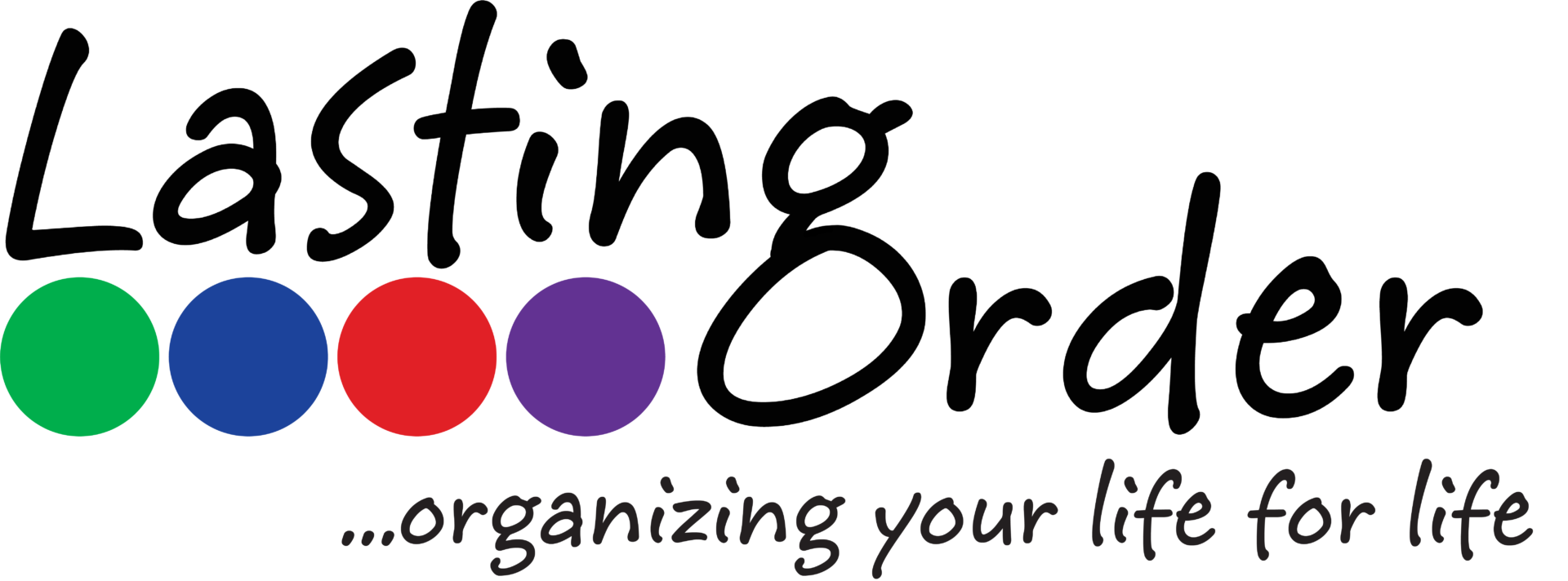A common mistake businesses make is to throw all of your files into one drawer. When organizing small businesses, we often encourage them to create a few categories of files and separate them into different drawers. To increase efficiency and find files quickly, it helps to group like items together.

Here are a couple of examples from past clients:
Client 1 File:
Owner of a small consulting firm that holds events/classes, meets with individual clients to educate them, plus sells products.
We created drawers in the filing cabinet for:
- Clients - each client had one file (Last Name, First Name)
- Vendors - one file for each vendor from whom they purchased products (Name of Vendor Company)
- Education Topics - one file for each topic that they might educate a client about (Topic) - filed alphabetically
- Events/Classes - one file for each event or class per year (Event Name, then Year) - newest year toward the front of the drawer
- Operations - standard business files, including legal information, website, marketing, financial information, etc.
Client 2 File:
Owner of a small manufacturing service company.
We separated personal files from business files first, then split the business files into:
- Financial - all tax & accounting paperwork
- Payroll - anything related to paying employees, including reference files, forms, etc.
- Archival Tax Papers - tax paperwork from previous years that does not need to be referenced (unless an audit is performed)
- Current Working Files - all other legal documents, vendor info, reference files, etc.
Client 3 File:
Owner of a small service business.
We categorized the files into the following:
- Clients
- Vendors
- All other files (reference, business, education) in alphabetical order
As you can see, there are some similarities between the businesses, but each system is customized for the type of business and method of conducting business. The simpler the system is, the easier it is to use. The easier it is to use, the more likely you will actually use it.
Here are some questions you need to ask yourself while categorizing a filing system:
- Can all files go into one drawer/system alphabetically, or do I need to separate them into large categories?
- Do I need a separate file for each client?
- Do I have forms I need to keep extra copies on hand of?
- Do I need a separate file for each vendor?
- Do I want my financial/tax files separated or just alphabetized with the rest?
- Do I have employee files? If so, there are proper ways of filing employee records according to state/federal laws.
Again - the simpler the better.
